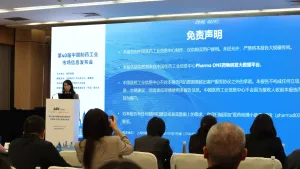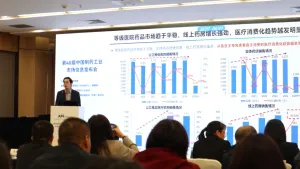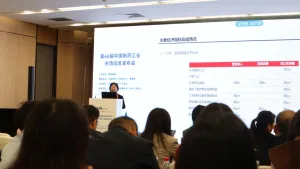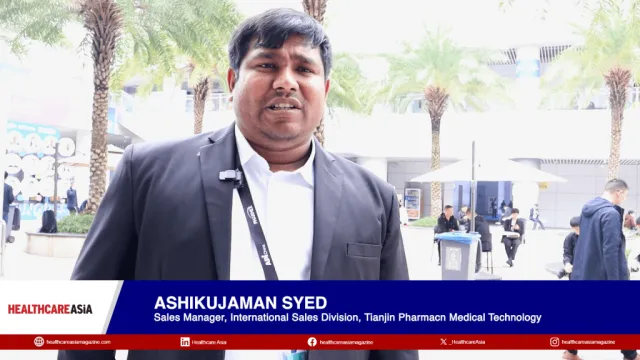
Healthcare stakeholders told to push rule changes in Asia
Conflicting laws are increasing the operational costs of multinational companies.
Investors and stakeholders in the life sciences and healthcare sector should push regulatory reforms in the Asia-Pacific region, where inconsistent rules could hinder innovation, an analyst said.
Stakeholders should partner with regulators and participate in policymaking to curb market uncertainty, Richard Li, a partner and head of Healthcare and Life Sciences for Greater China at Simmons & Simmons, told Healthcare Asia.
“Whilst markets like Japan, South Korea, and Singapore have aligned with international standards, other nations lag far behind,” he said. “Countries like Cambodia, Laos, and Myanmar face issues with regulatory transparency.”
The Asia-Pacific region is the third-most favourable destination for healthcare investments amongst European companies and investors, according to an October 2024 Simmons & Simmons report. But inconsistent rules dampen their enthusiasm.
Conflicting laws leave doubt and increase the operational costs of multinational companies and investors, Li said. “Less developed markets face less foreign investment,” he said, adding that investors should consult legal advisers to help them navigate a complex environment.
Li, who has more than 15 years of experience advising the life sciences and healthcare industry, attributed the lack of transparency to weak legal and institutional frameworks.
“These include unclear laws, uneven rule enforcement, and a lack of accountability and public engagement,” he said. “Regulatory decisions are sometimes influenced by political or economic interests rather than based on clear, objective criteria.”
“In some countries, there may be a tradition of opacity in government and business practices, which can extend to regulatory processes,” he added.
Countries in the region should also harmonise their data privacy rules, Li said. “There needs to be at least some level of alignment.”
Li cited the European Union’s General Data Protection Regulation, which governments in the region could build upon. “This could lead to the adoption of common standards that facilitate smoother cross-border data transfers while maintaining strong protection.”
“Given the sensitivity of health data, there is a growing trend of introducing life sciences-specific guidelines to address data-related challenges in the sector,” he added.
Li said the region’s life sciences and healthcare sector presents opportunities given its large and diverse population. “Additionally, clinical trial costs are generally lower than in North America and Europe.”
One notable example is China's global life sciences and healthcare licensing deals, whose global share rose to 12% in 2024 from just 4% in 2019, according to a McKinsey & Co. report.
“It also forecasted that China’s innovative pharma market should reach a value of $50b by 2028, becoming one of the three largest global markets,” Li said.
He said investors are also keen on areas like artificial intelligence-driven diagnostics and biotechnology. For instance, the National University of Singapore and the National University Health System are working on AI projects to improve the accuracy of cancer diagnosis, he pointed out.
“Another important factor is demographic shifts, particularly the ageing populations in countries like Japan and China,” Li said. “This trend will drive increased demand for healthcare services, innovative pharmaceuticals, and chronic disease treatment and management.”



















 Advertise
Advertise






